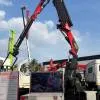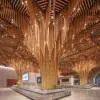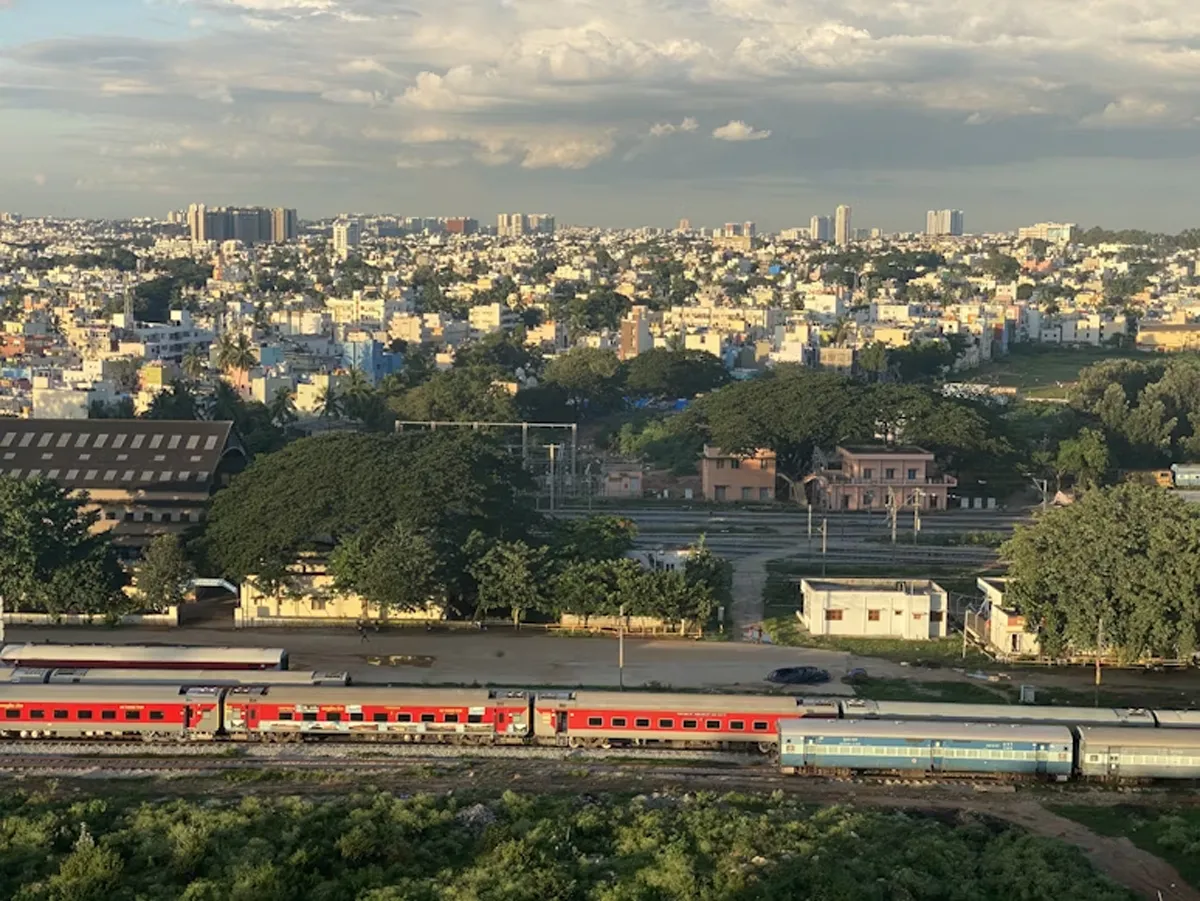
High-rises may emerge in Bengaluru’s sensitive green zones

PALFINGER Reinforces India Focus at EXCON 2025
PALFINGER strengthened its long-term commitment to India at EXCON 2025, marking its largest participation at the exhibition with a 1,000 sq m booth. The global lifting and technology solutions provider showcased advanced lifting equipment, digital solutions and outlined a clear roadmap for expanding its India operations.India has emerged as a priority growth market for PALFINGER, driven by sustained infrastructure development and rising demand for high-performance lifting solutions. Alexander Susanek, COO, PALFINGER, said India is playing an increasingly influential role in the company’s glo..
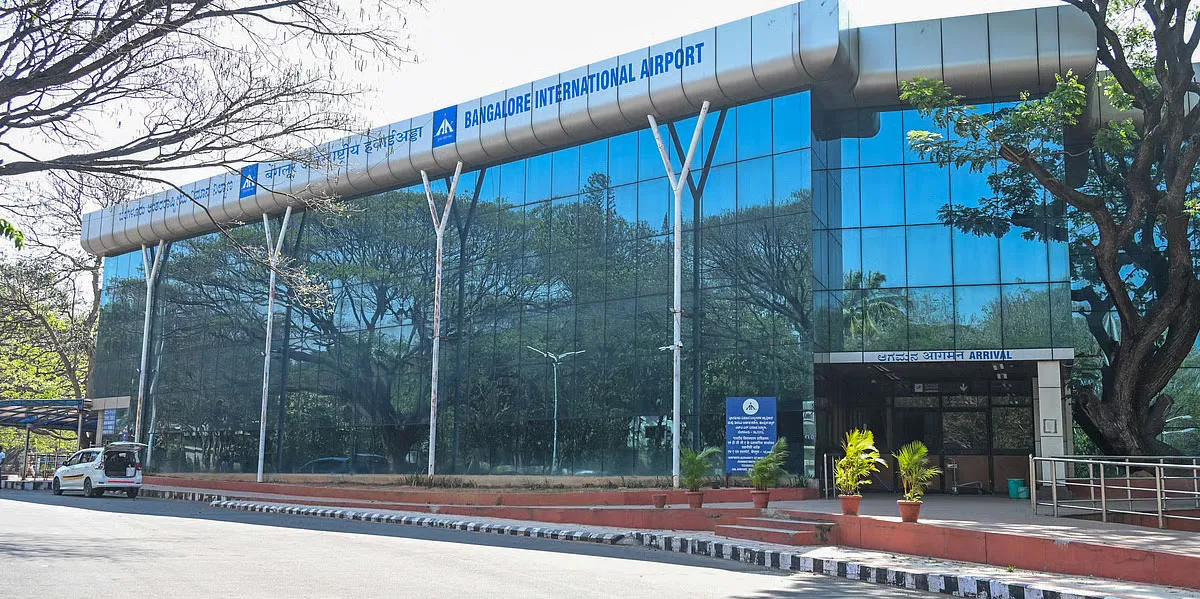
HAL Airport Reopening Needs BIAL Consent: Centre
The Union government has said that reopening the existing HAL Airport in Bengaluru for civilian operations would require the consent of Bengaluru International Airport Limited (BIAL), in line with the concession agreement governing Kempegowda International Airport (KIA). Informing the Lok Sabha, Minister of State for Civil Aviation Murlidhar Mohol said the concession agreement between the Government of India and Bengaluru International Airport Limited stipulates that no new or existing airport—except for the development of Mysuru and Hassan as domestic airports—can be developed, improved,..
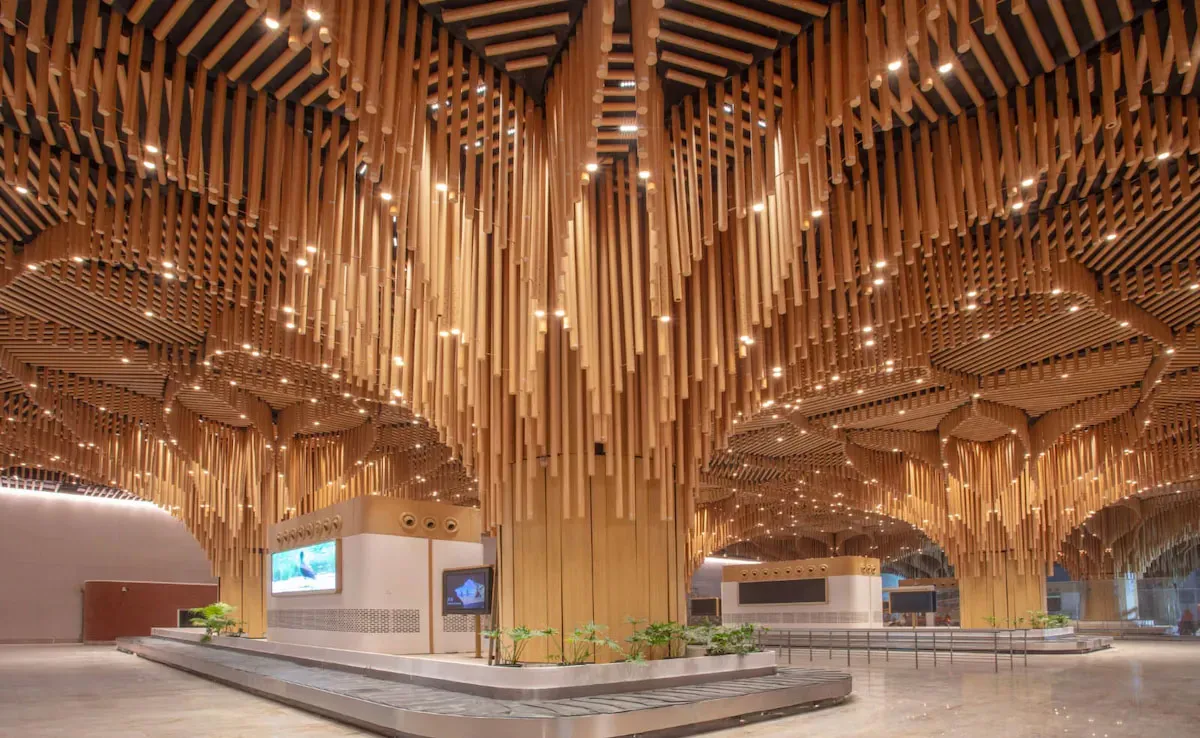
Guwahati Airport Plans Second Terminal As Traffic Grows
Even as Prime Minister Narendra Modi is set to inaugurate the new terminal at Lokapriya Gopinath Bordoloi International Airport on December 20, the Assam government has begun planning a second terminal at Guwahati’s main aviation hub to cater to rising passenger traffic and the airport’s expanding regional role. Chief Minister Himanta Biswa Sarma said the state is considering a completely new additional terminal, noting that planning work is already under way. Following the inauguration, all operations will initially be shifted to the new terminal, while the existing terminal will be phas..




